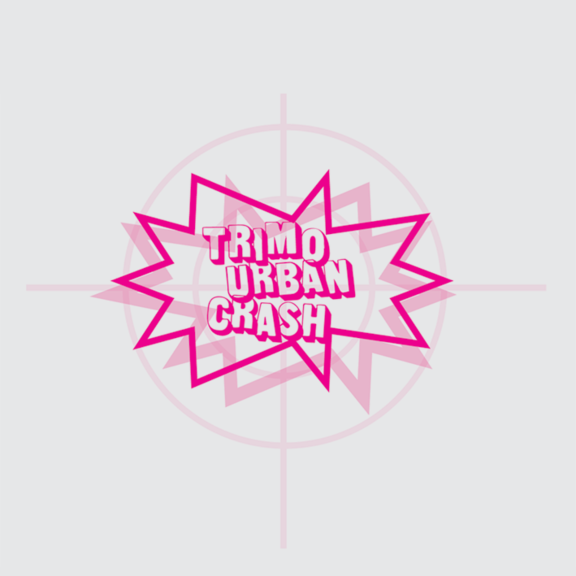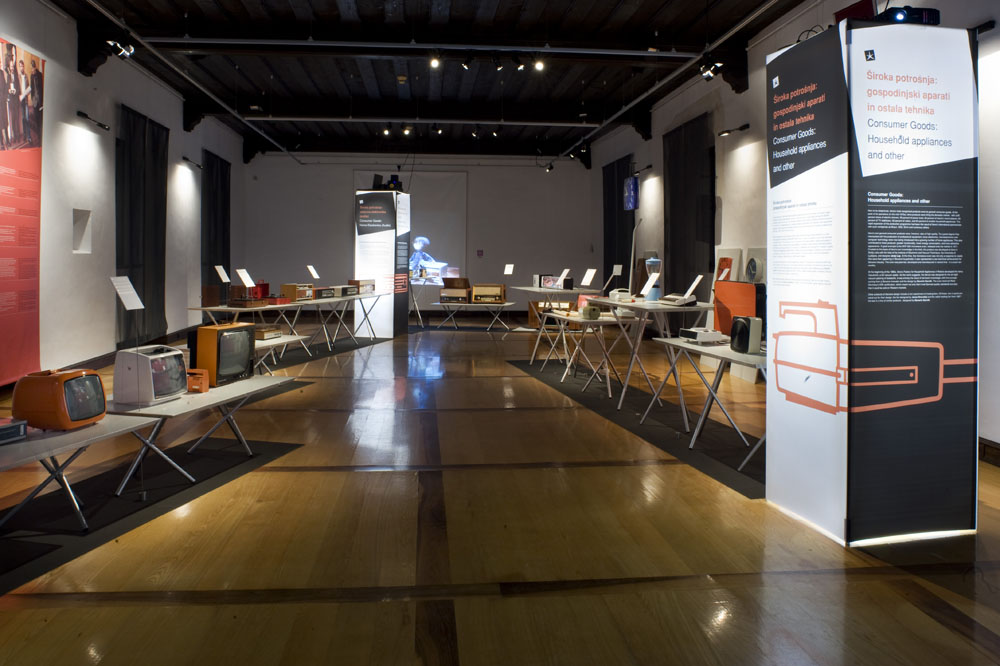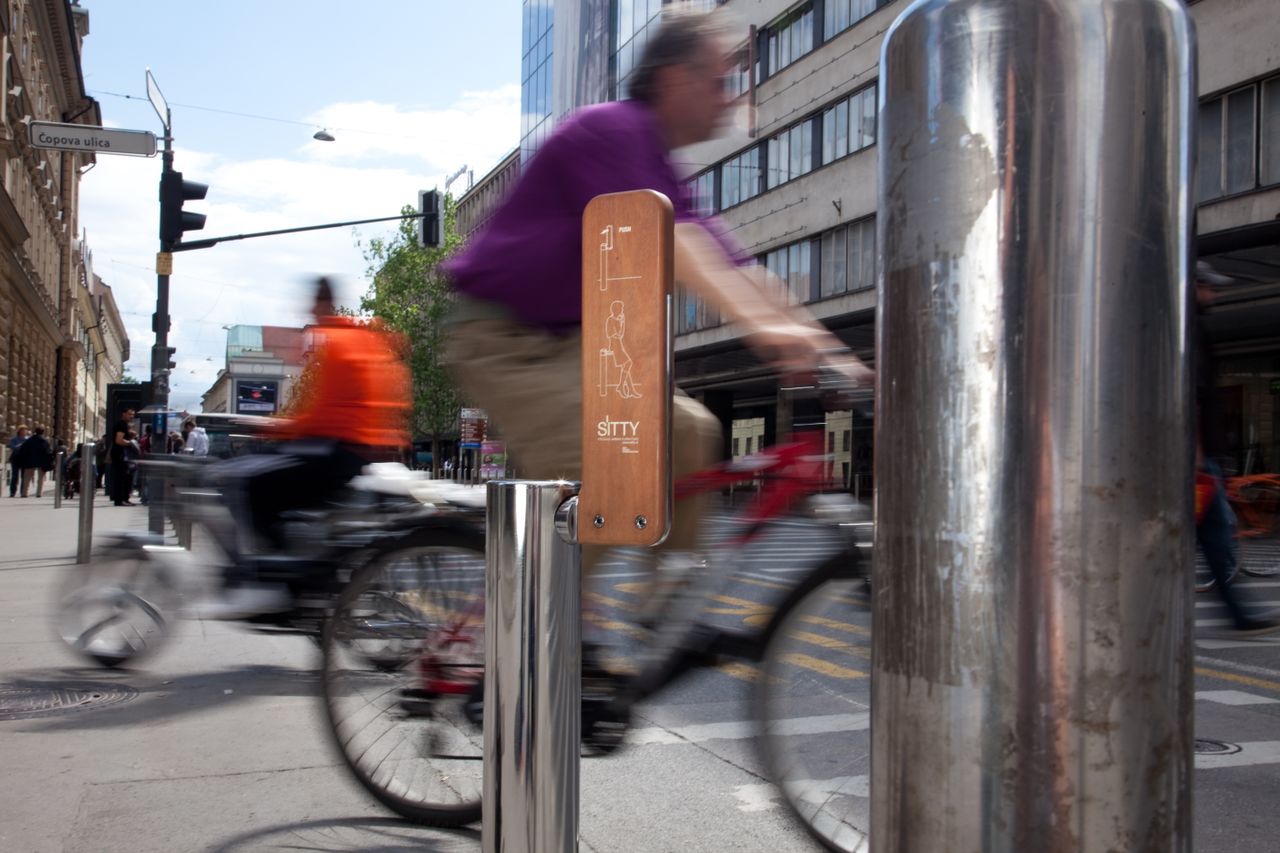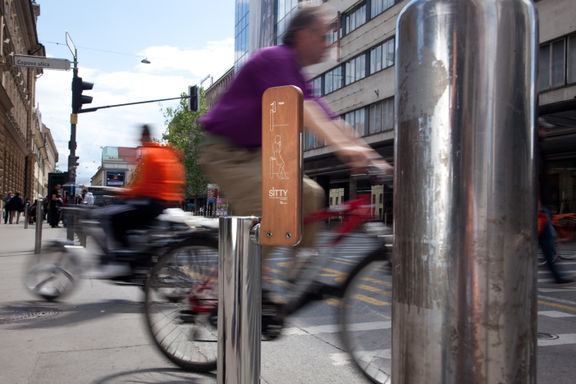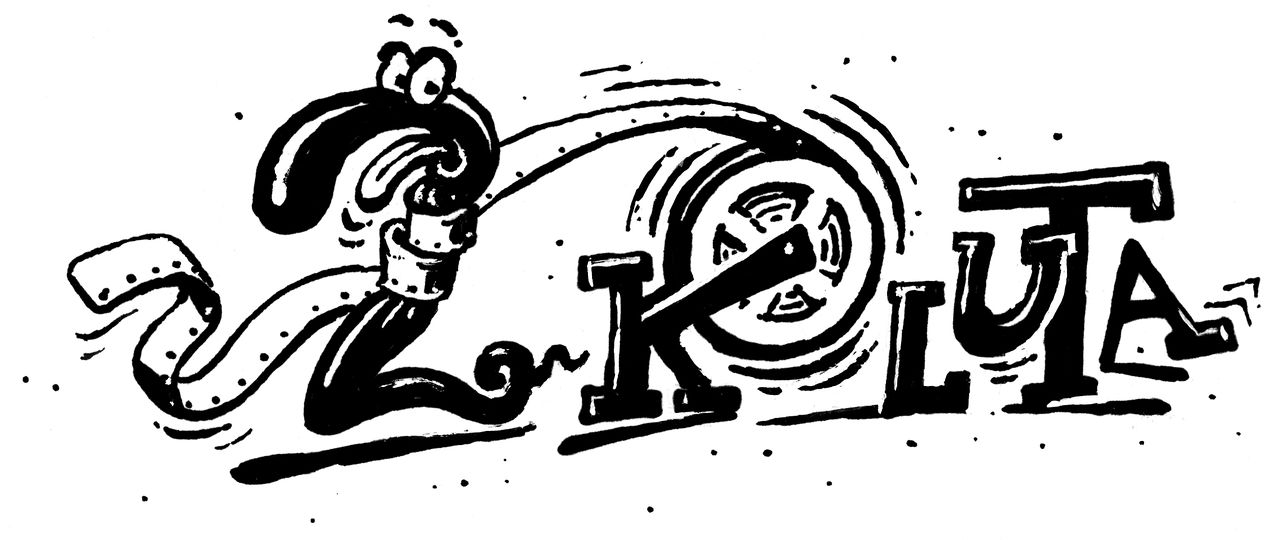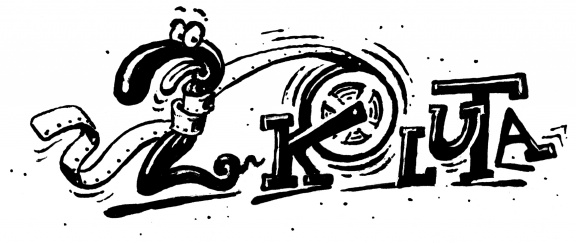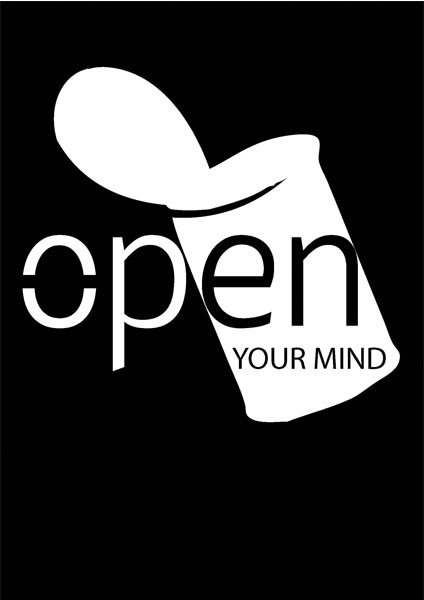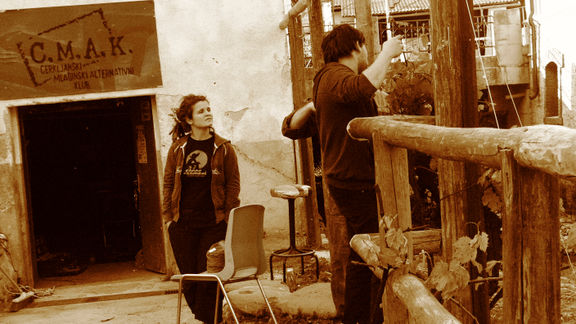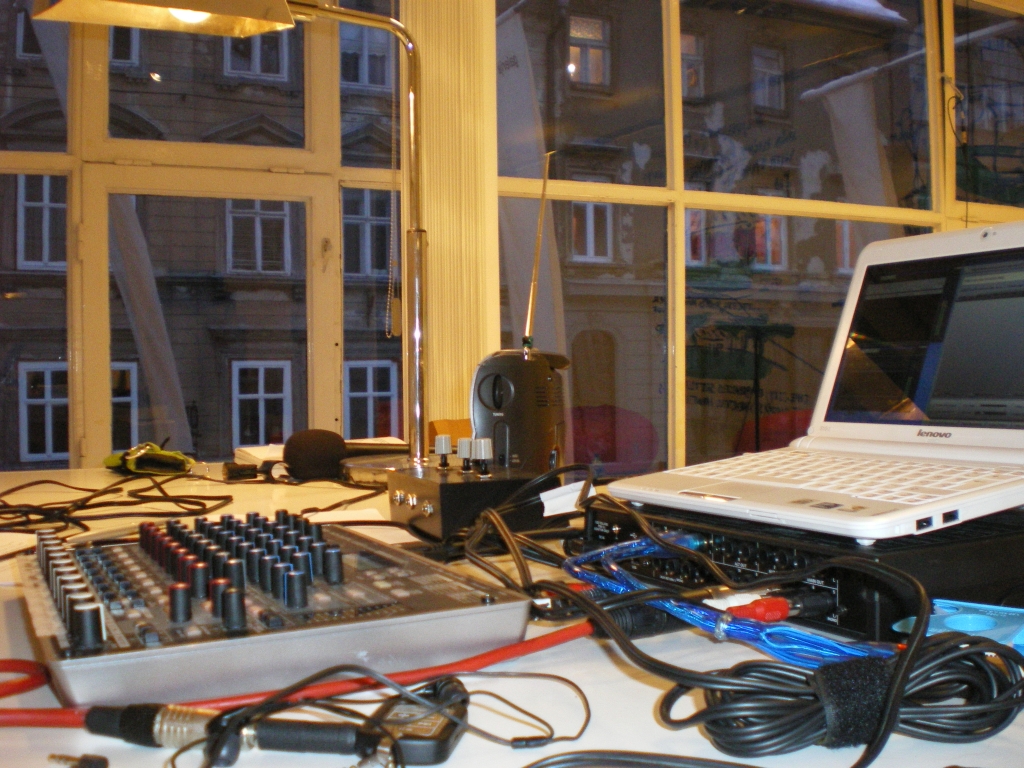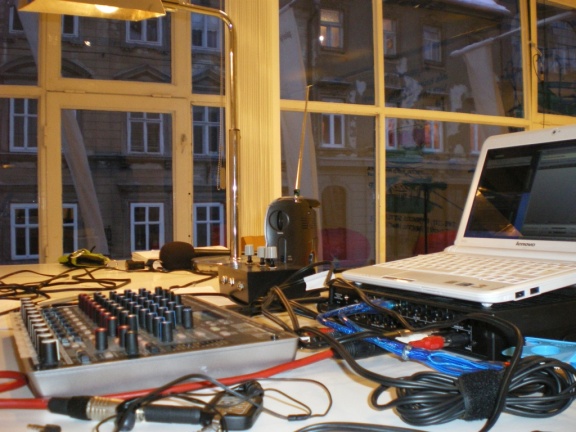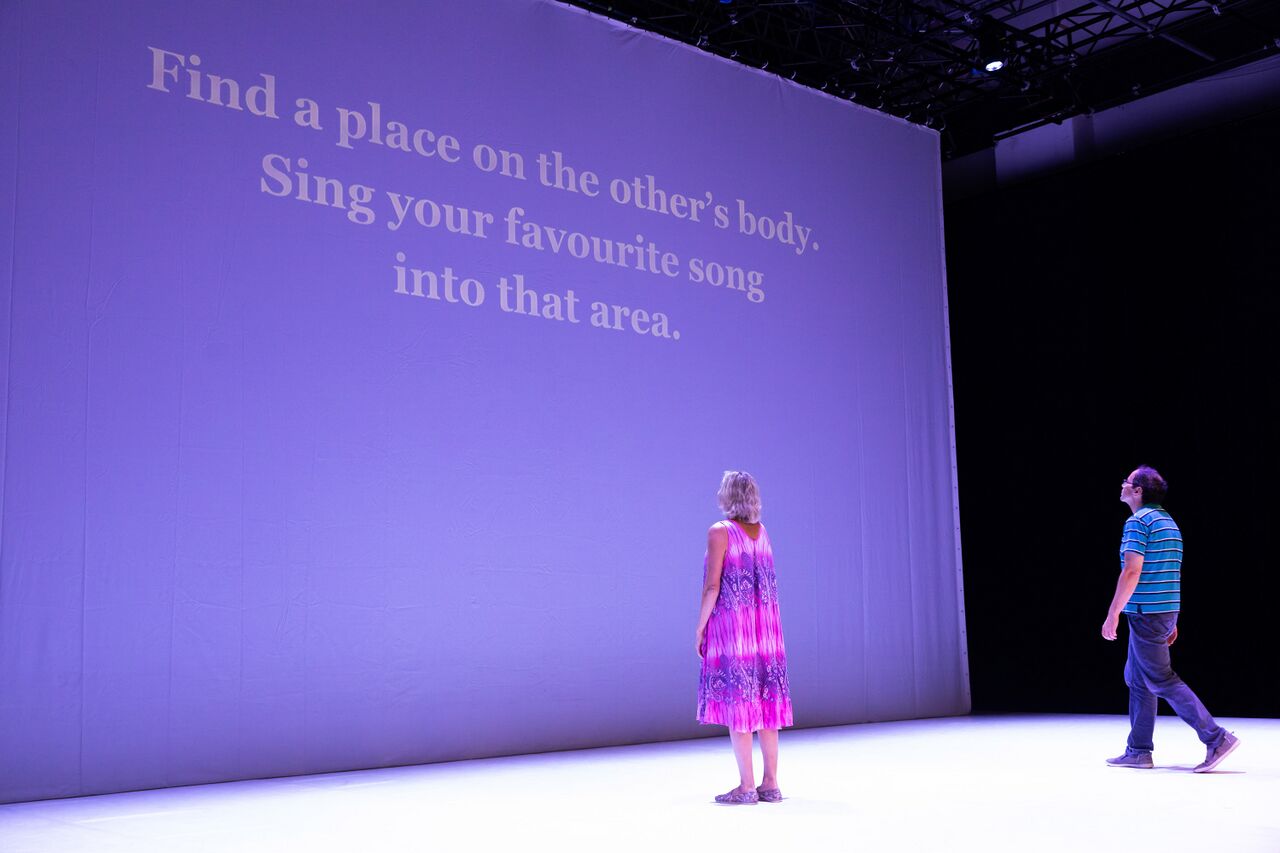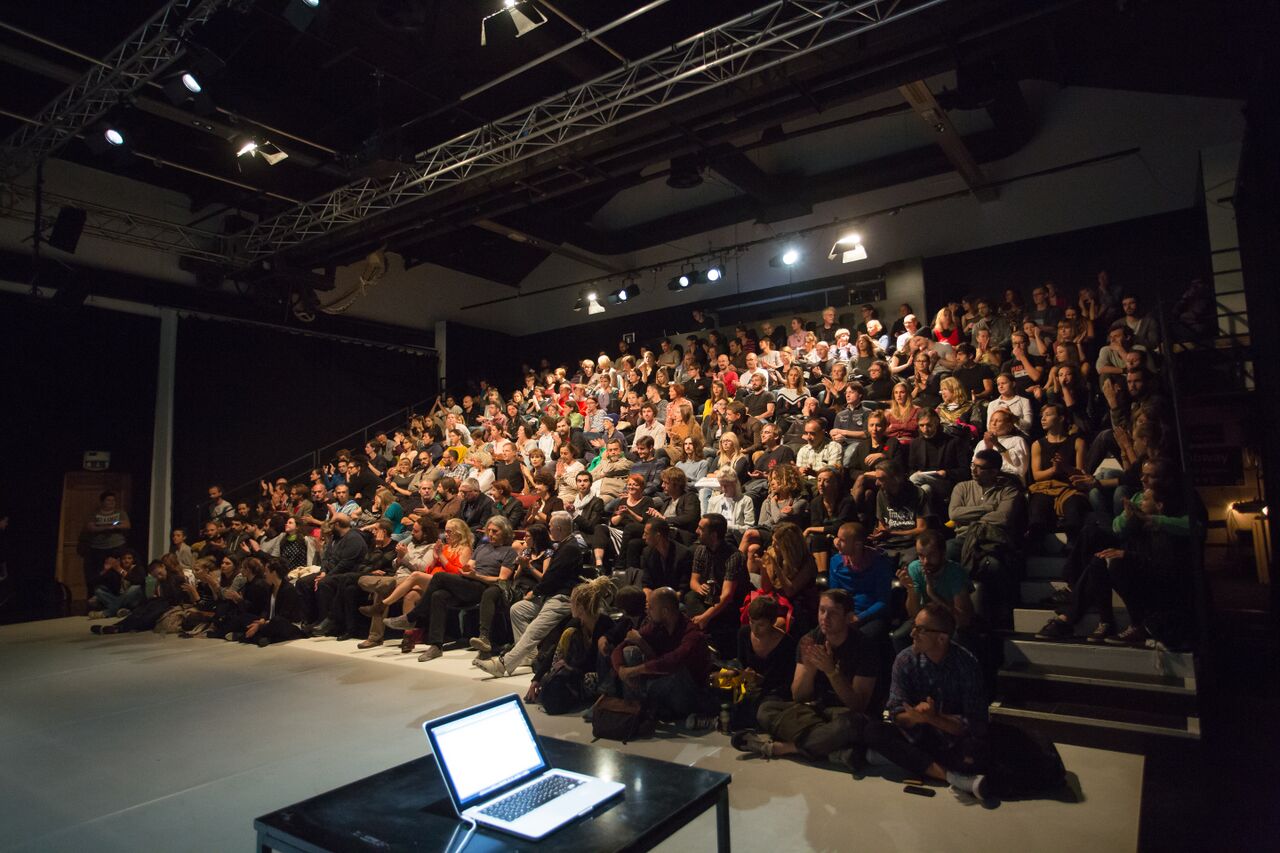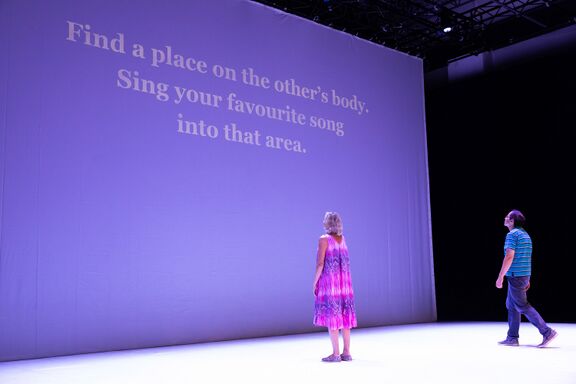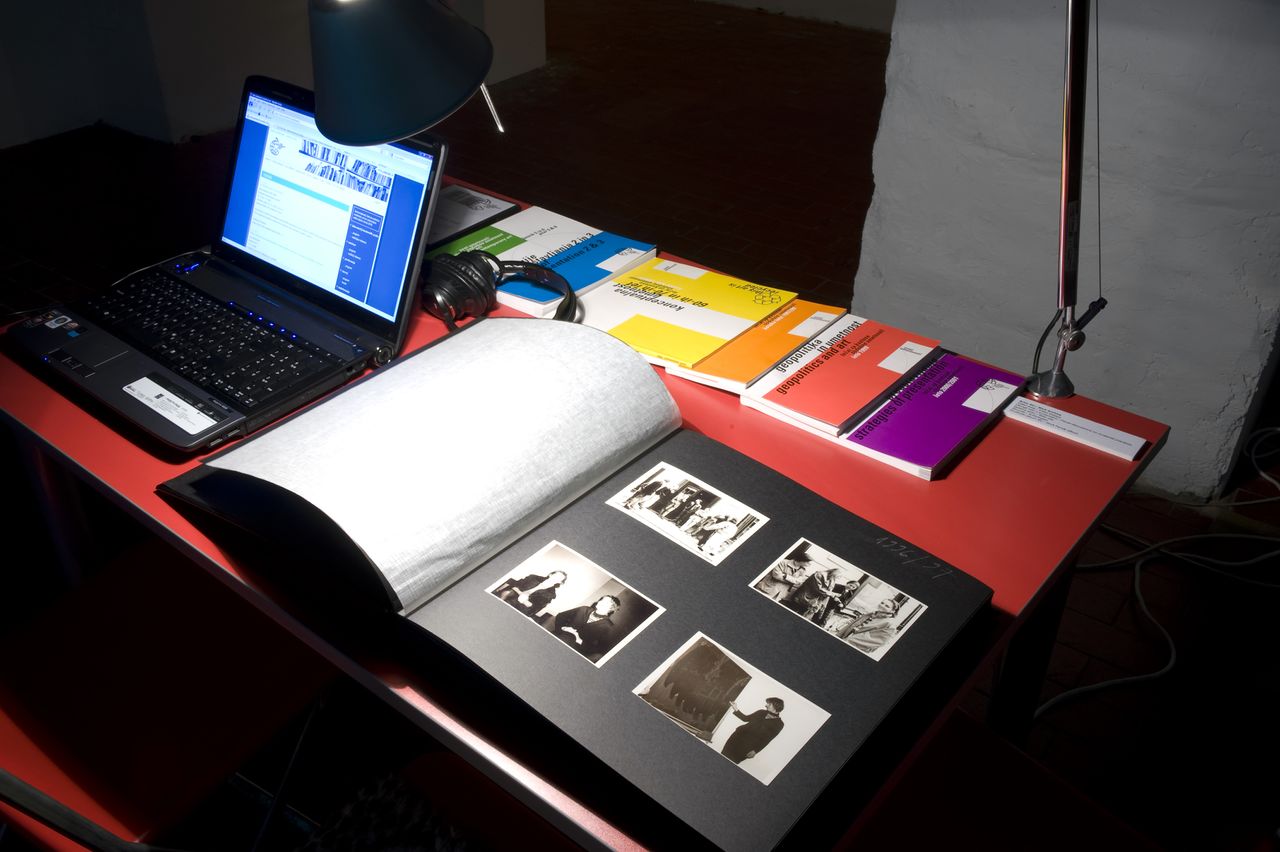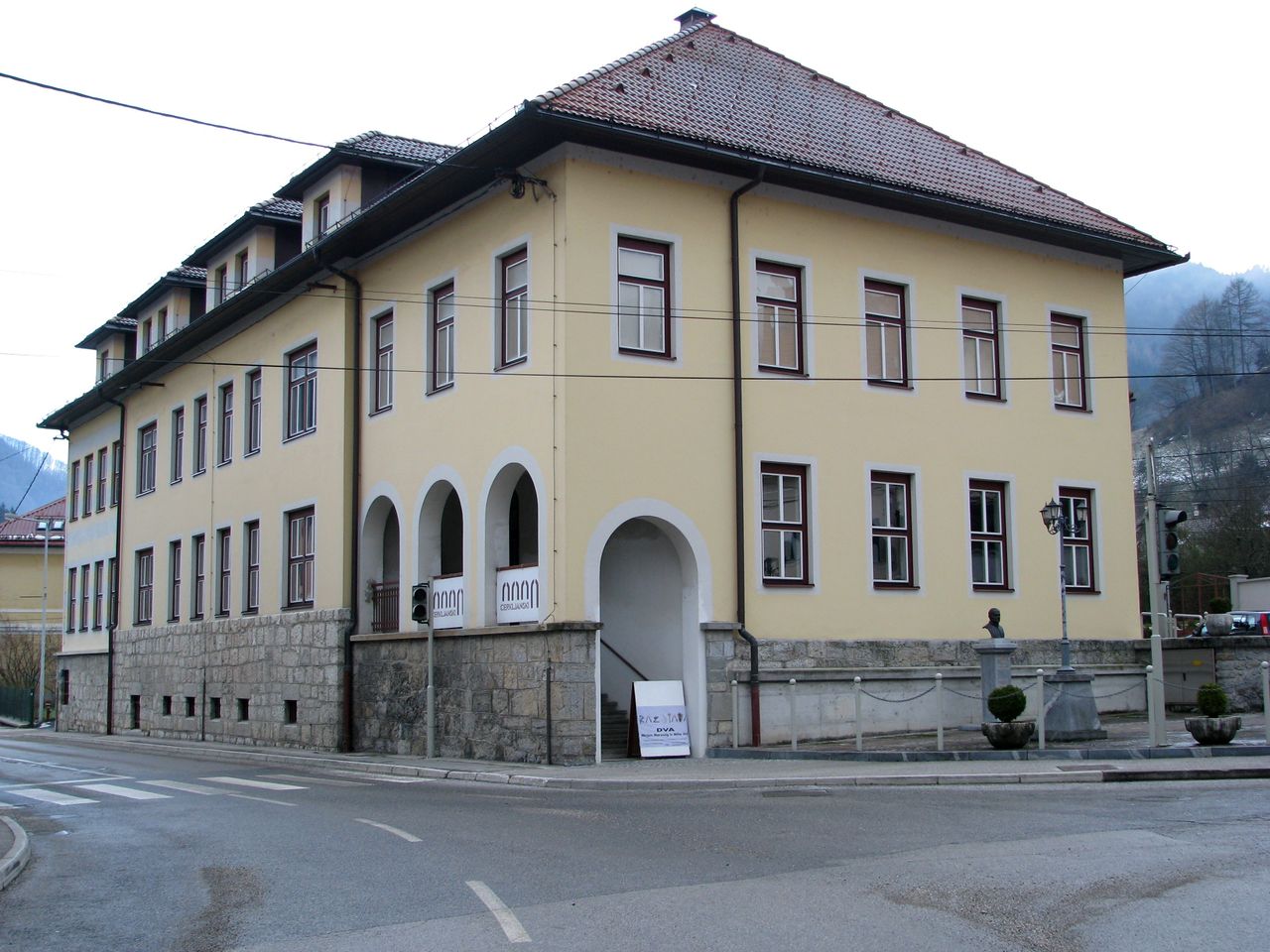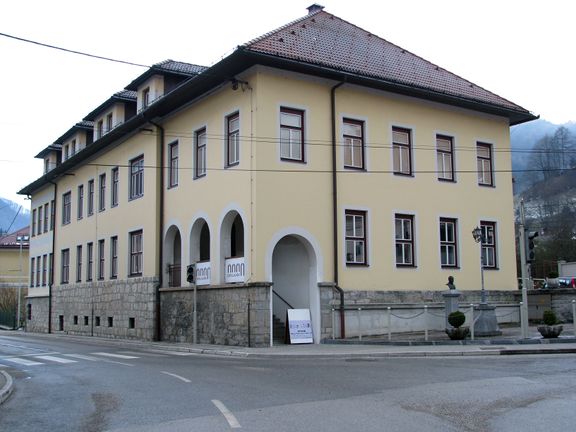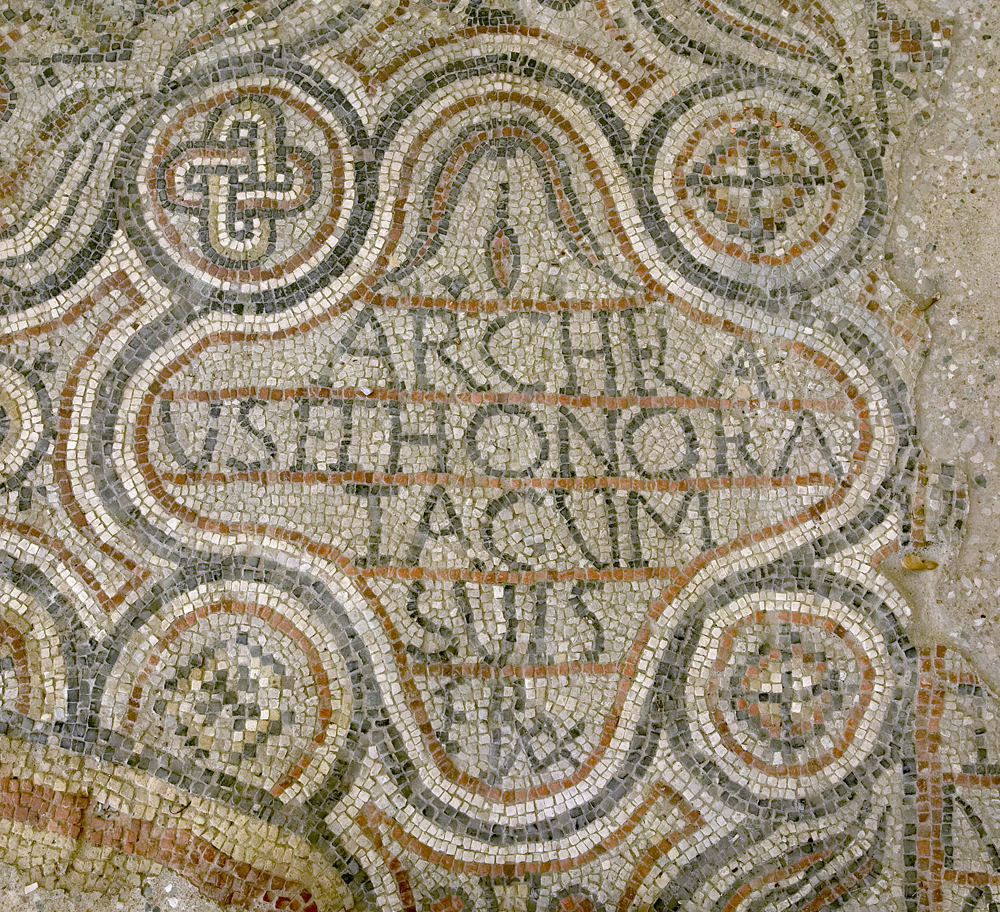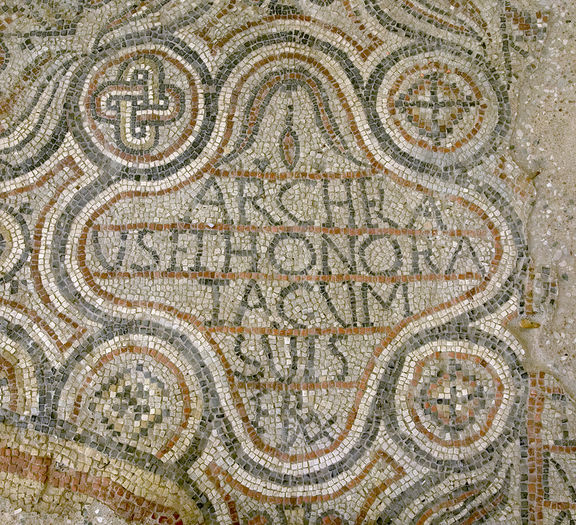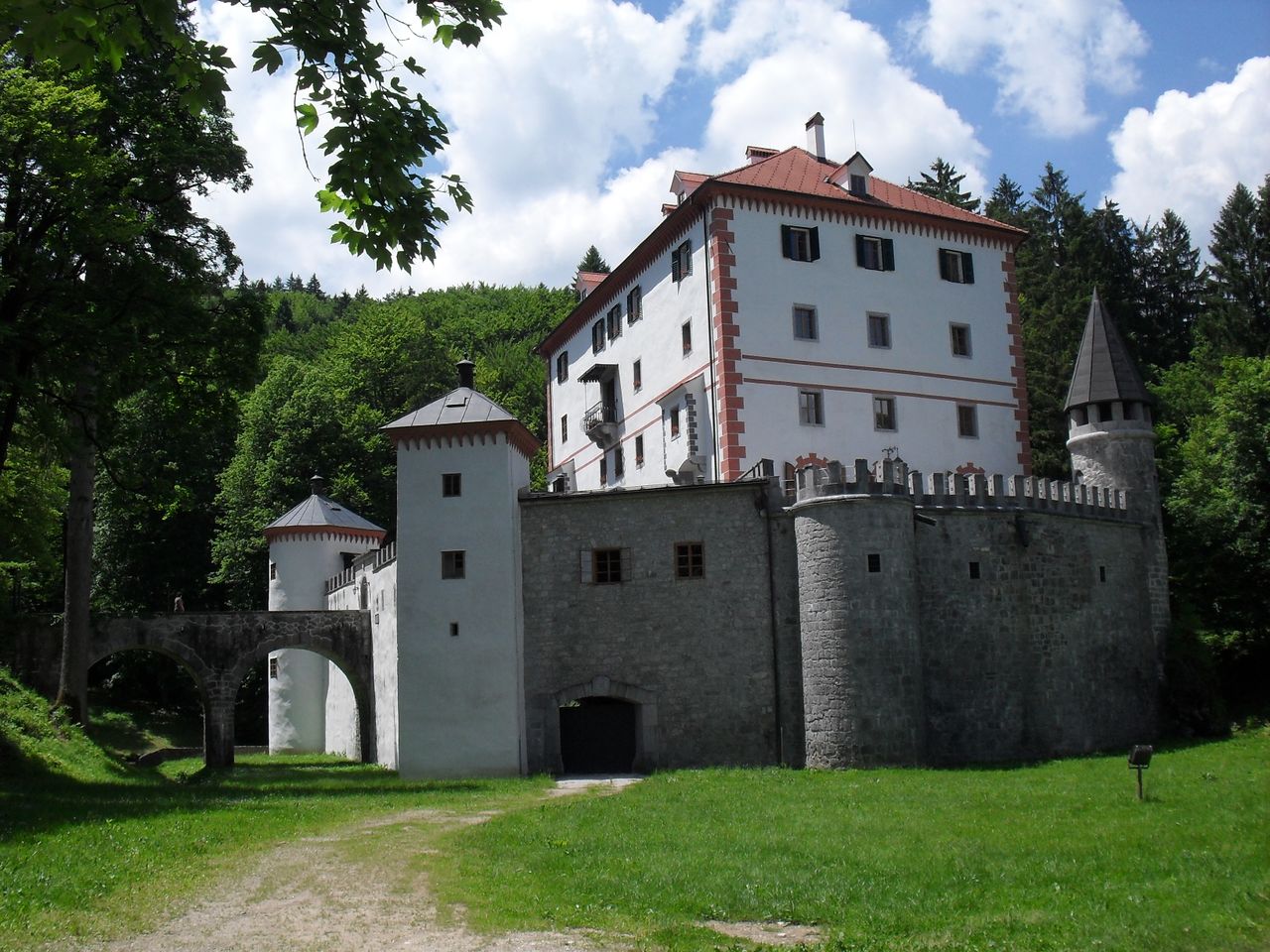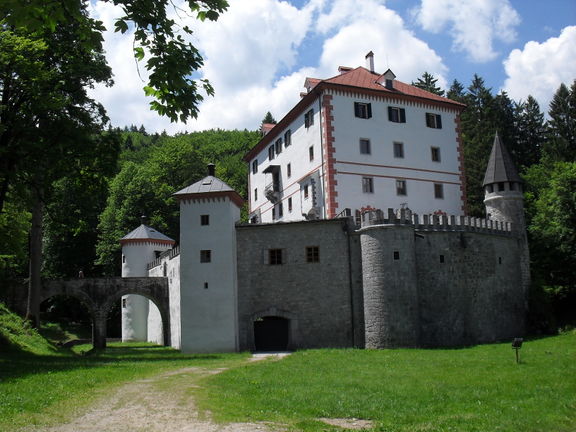Featured
Architecture
Dance
Pekinpah Association
NOT ROBOT, NEEDSUPDATE, NOVERIFY, NODEPO, PHOTO, Article, Dance, Theatre & Dance, Producers, NIFERTIK, Articles maintained by Anže Zorman, Music, WRITING, INFOBOX, TOPROOFREAD, HAS LOGO, EU funding of Slovene organisations (Culture and MEDIA Programmes), EU Culture funding recipient, Updated 2017, Exhibition organisers, Publishers, Architecture & Design, Event organisers, Design, Research, Design exhibition organisers, Design publishers, Design exhibition and event organisers, Education and Research, Dance producers, Design education and research, Contemporary dance, Design event organisers, Music publishers, Design research
Design
Film
2 Reels - Association for Reanimation of Storytelling
NOT ROBOT, WRITING DONE, INFOBOX DONE, PROOFREAD DONE, NOVERIFY, NODEPO, Article, NIFERTIK, Education, Education and research, HAS LOGO, Articles maintained by Ziga Brdnik, Film, NO PHOTO, EU funding of Slovene organisations (Culture and MEDIA Programmes), Updated 2020, Film education, Film education and research, EU MEDIA funding recipient, Publishers, Event organisers, Festival organisers, Literature, Film course and workshop organisers, Literature publishers, Workshop organisers, Film workshop organisers, Literature event organisers, Literature festival and event organisers, EU Creative Europe, MEDIA funding recipient, Literature festival organisers, Animation, Film festival organisers, Film festival and event organisers, Film publishers
Literature
Music
C.M.A.K. Cerkno
NOT ROBOT, WRITING DONE, INFOBOX DONE, PROOFREAD DONE, FERTIK, NOVERIFY, NODEPO, PHOTO, FEATURED, Article, Articles maintained by Anže Zorman, Music, HAS LOGO, Updated 2017, HAS MAP, Venues, Event organisers, Music event organisers, Music festival and event organisers, Workshop organisers, Clubs
New media art
RadioCona
NOT ROBOT, WRITING DONE, INFOBOX DONE, PROOFREAD DONE, FERTIK, NOVERIFY, NODEPO, PHOTO, FEATURED, Article, HAS LOGO, New media art, Media, Funding, professional and support services, Archives & Libraries, Support services, Articles maintained by Admin, New media art support services, Visual arts support services, New media art funding, professional and support services, Archives, Studios, COVER, New media art studios, New media art archives, New media art archives and libraries, Broadcasting, Radio, Media studios, Visual arts online media, New media art online media
Theatre
Visual arts
World of Art: School for Contemporary Arts
NOT ROBOT, WRITING DONE, INFOBOX DONE, PROOFREAD DONE, NOVERIFY, NODEPO, PHOTO, Article, NIFERTIK, Education, Courses and workshops, Education and research, HAS LOGO, New media art, Articles maintained by Editor, Courses, Visual arts, New media art education and research, Visual arts education, New media art education, Visual arts courses



